There are many intersting facts about Cote d’Ivoire you need to know. From its langguage to its names to its cities to its culture, etc. This piece contains the major facts about the West African country.
Introduction
Cote d’Ivoire borders Guinea to the northwest, it has Liberia on its border to the west, and Mali to the northwest. It borders Burkina Faso to the northeast, Ghana to the east and the Gulf of Guinea to the south. It has an area of 322,462 kilometers squares.
Moreover, it has a population of over 30 million people, which makes it the third most populous country in the West Africa region. Its official language is French, but there are other 78 local languages in the country. There are three major religions in Cote d’Ivoire. They are; Islam, Christianity, and traditional worship in Animism.
It is either called Ivory Coast or its official name, Cote d’Ivoire.
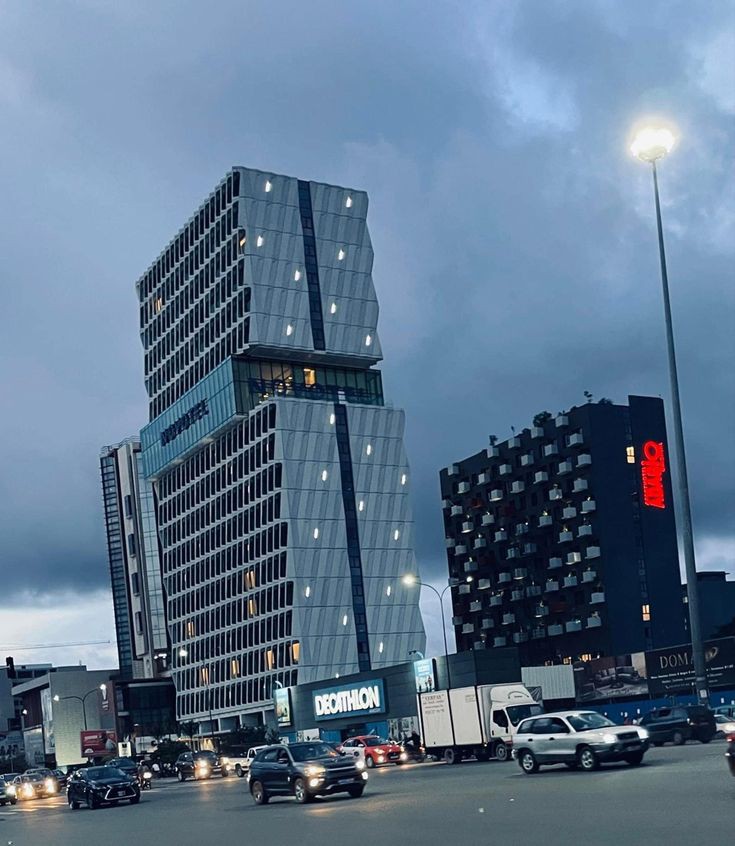
Here Are 13 Interesting Facts About Cote d’Ivoire You Need To know;
Abidjan
Abidjan is the former capital of Ivory Coast. The city is the largest in the country and the most populated. It is the 6th populated city in Africa behind Lagos, Cairo, Kinshasa, Dar es Salaam and Johannesburg. As of 2021, its population was 6.3 million, which is 21.5% of the whole population in the country.
Furthermore, it is the crossroads of culture in the West African region. Abidjan has the highest level of urbanization and industrialization in the country. In addition, it is the most populous Dioula and French-speaking city in Africa.
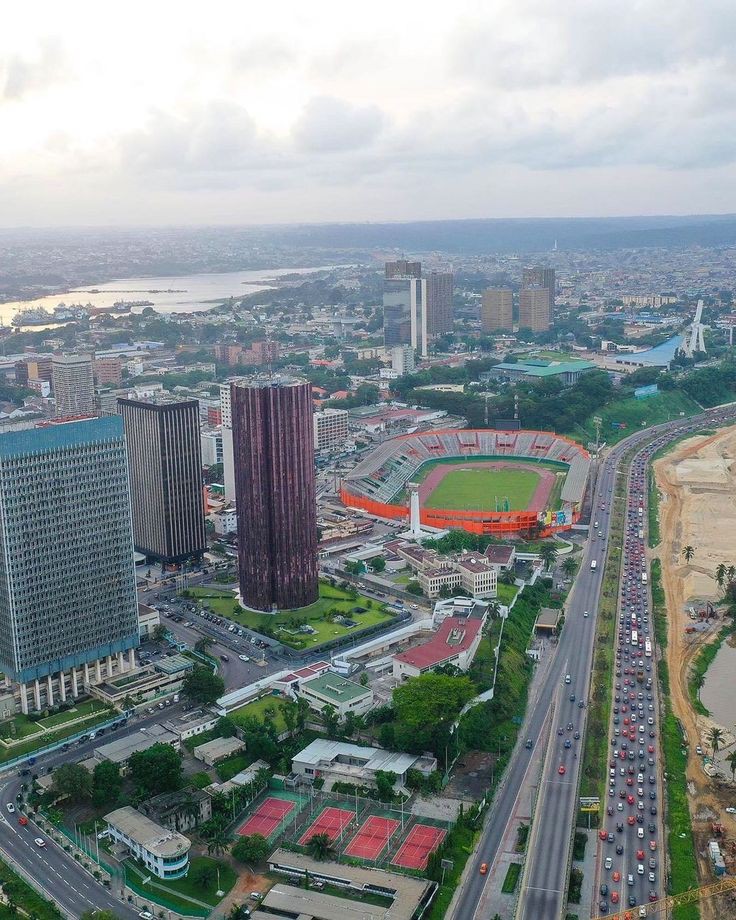
The city expanded quickly after the construction of a new wharf in 1931. It became the hotspot of the country Immediately it was named the capital of the French colony at the time 2 years later.
Furthermore, the construction and completion of the Vridi Canal made the city an important seaport in the Ivory Coast. After Ivory Coast got its independence from the French colony in 1960, Abidjan still remained the capital. However, it ceased becoming that in 1983 when the city of Yamoussoukro was named the official political capital of Ivory Coast. But because of its population, it remained the economic capital of the country, and many political institutions and foreign embassies continue to be located in Abidjan as well.
Largest Cocoa Producer In The World
When it comes to the production and export of cocoa beans used in the manufacturing of chocolate, Cote d’Ivoire leads globally.
Moreover, West Africa supplies two-thirds of the world’s cocoa crop. As of 2017, Cote d’Ivoire led with 1.8 million tonnes, and Ghana, Nigeria, Cameroon, and Togo all produced 1.55 million tonnes in total. Ghana was the world’s leading producer of cocoa before Cote d’Ivoire overtook it and became highly dependent on the crop. As a result, 40% of Cote d’Ivoire’s national export income comes from cocoa.
The closest non-African competitor to Cote d’Ivoire is Indonesia. Indonesia went from having a non-existent cocoa industry in the 1970s to becoming one of the largest producers of cocoa in the 2000s.
It overtook Ghana and became the second-largest cocoa producer according to UN FAO. Indonesia produces significantly low numbers but still gets ranked as the largest cocoa producer outside West Africa. Top dogs in the chocolate industry such as Cadbury, and Nestle buy Ivorian cocoa futures and options through Euron exit where the world prices are set.
Tai National Park
One of the interesting facts about Cote d’Ivoire is Tai National Park. In 1982, the park was declared a World Heritage Site, as it was one of the last primary natural forests in West Africa.
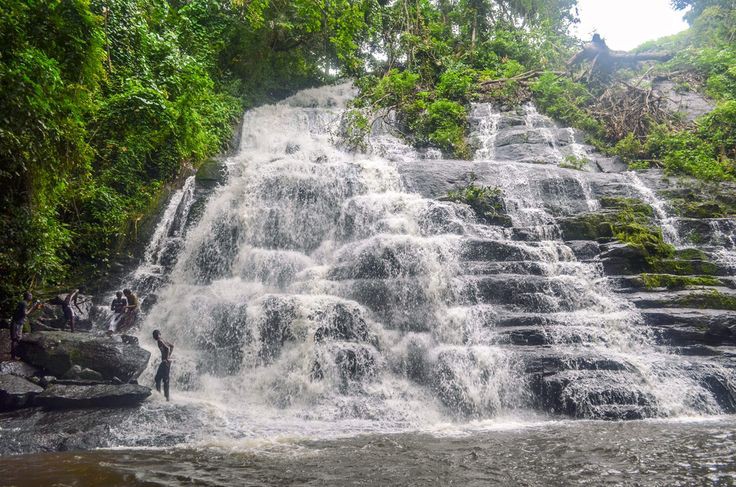
Many forests have been mauled in favor of cocoa plantations, the Tai National Park is probably the last heritage of virgin forests that Ivorians to come would set their eye on.
Moreover, it has various animal species and plant species, as there are 50 endemic plant species and nearly 1000 animal species. The park covers an area of about 3,300 kilometers square. Tai National Park is 100 kilometers from the Ivorian coast on the border with Liberia between the Cavalla and Sassandra rivers.
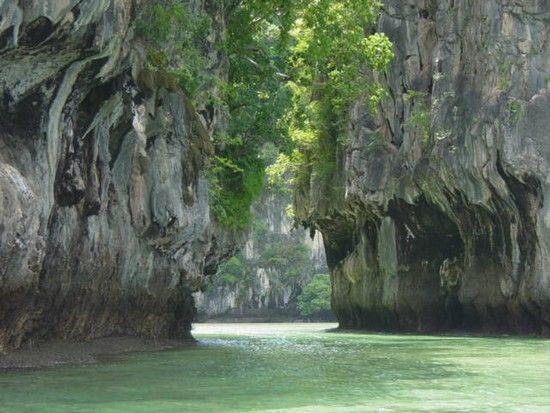
Largest Church In The World
Another interesting facts about Cote d’Ivoire is that the largest church in the world is located in Yamoussoukro, the administrative capital of Cote d’Ivoire. According to Guinness World Records, it became the largest church in the world when it surpassed the previous record holder, Saint Peter’s Basilica.
The church has an area of 30,000 kilometers squares and it is 158 metres tall. However, it has a rectory and a villa, which are not part of the main church building. The rectory and villa can accommodate 16,000 people. Polish Pallotines administer the basilica for $1.5 million yearly.
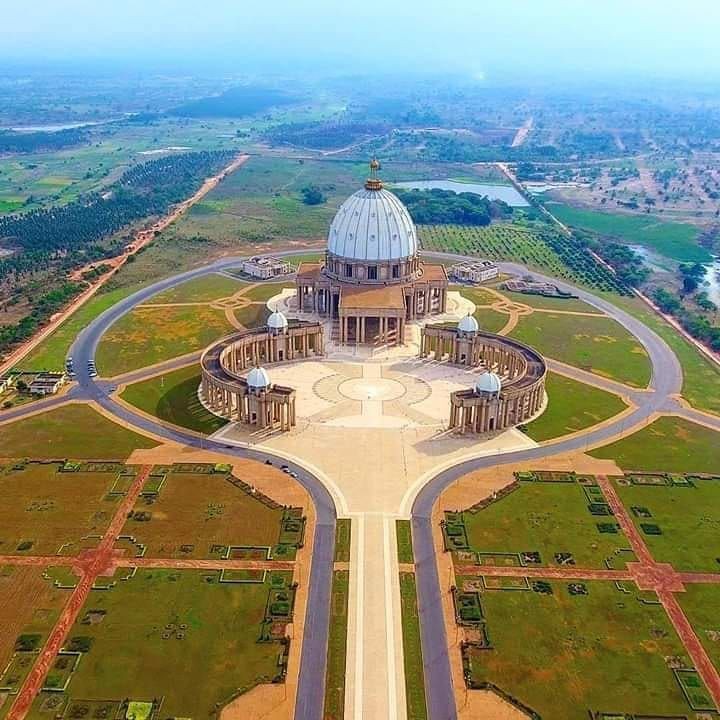
The average cost estimates of the basilica as of 1985 and 1998 are over $400 million reportedly.
Also, the design of the dome and encircled plaza are obviously inspired by the Basilica of Saint Peter in Vatican City. Although, they are not the same. The cornerstone was laid and consecrated on or before September 10th, 1990. The consecration was done by Pope John Paul II, who had recently accepted the basilica as a gift from Felix Houphouët-Boigny on behalf of the Catholic church.
Didier Drogba
One of the fun facts about Cote d’Ivoire is that football legend, Didier Drogba hails from there. Didier Drogba is the all-time highest goal scorer and former captain of the Ivorian national team.
He rose to become a top football legend during his time at Chelsea. He became famous and known all over the world in the English Premier League. Drogba is currently the club 4th highest goal scorer of all time.
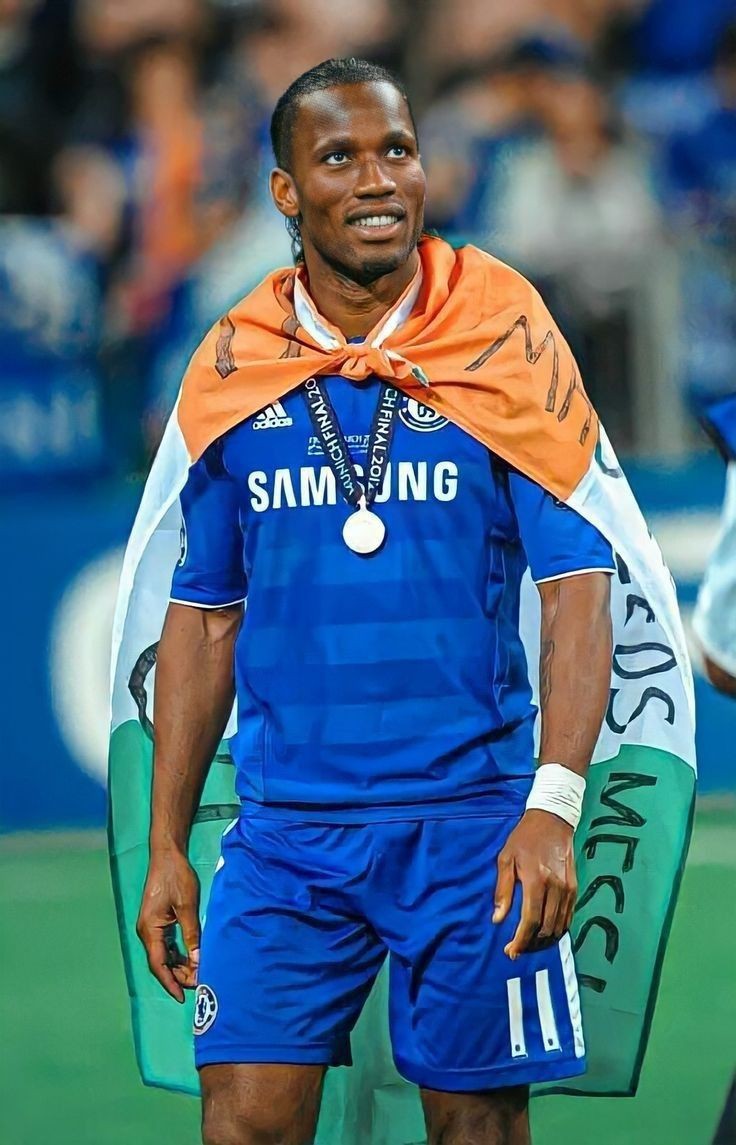
Furthermore, he was named Chelsea’s greatest player ever in a poll of 20,000 fans conducted by Chelsea FC Magazine. In addition, he was named in the Chelsea Team of the Decade team by the club fans in 2020.
Drogba was known for his agility, ball retention, strength, speed, and accurate strikes. He won the African Footballer of the Year twice. Didier Drogba is regarded as a football all-time great both for club and country.
Mount Richard-Morland
Mount Richard-Morland is a mountain along the border of Ivory Coast and Guinea in West Africa. The mountain is part of the Guinea Highlands, which straddles the borders between the two countries and Liberia. The nearest major settlements are the town Yekepa in Liberia and the town of Bossou and N’zoo in Guinea.
Moreover, the mountain is named after the French geographer Jacques Richard-Morland, who died in an accident at the mountain site in 1951. Before that, it was called Mount Nouon.

Geologically, the mountain is rich in iron ore and cobalt. The mix of iron-rich quartzite sheets, schists, and granite gneiss characterize the geological pedogenesis.
Yamoussoukro
Yamoussoukro is the capital of Cote d’Ivoire. It became the legal capital in 1983 even though it is not as populated as Abidjan. It has a population of over 200,000 people. The capital is located in the north-west of Abidjan.
Unlike many of the districts in the country, the autonomous district of the capital is subdivided into regions. But it is divided into departments, commue, and sub-prefecture. Moreover, the district consists of the departments of Attiégouakro, Kossou, Lolo bo, and Yamoussoukro. In addition, there is one commune, which is named Yamoussoukro. The commune and the districts share this same border.
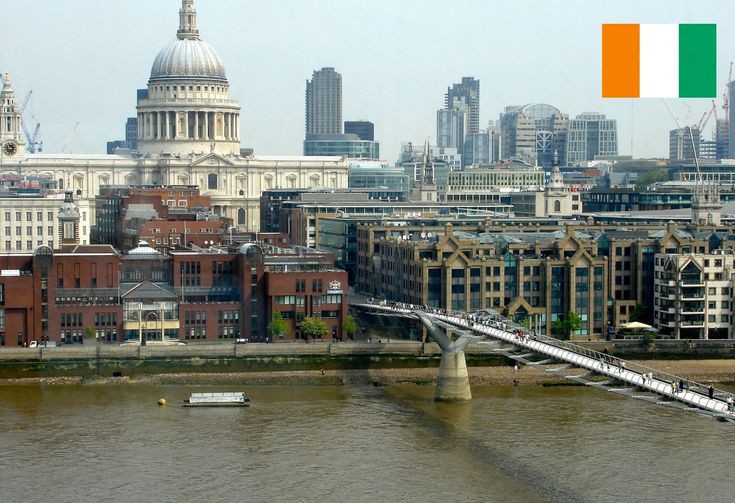
Yamoussoukro has a tropical wet and dry climate. The lengthy wet season covers the months of March to October. The shorter dry season covers the remaining 4 months. The dry season is a result of the harmattan the city experiences. The level of rainfall in Yamoussoukro is nothing compared to the one in Abidjan.
Some of the main activities there are fishing and forestry. Perfume industries are also located in the capital.
Diverse Ethnic groups
There are three major indigenous ethnic groups in Cote d’Ivoire. They are; Baoulés, Betes, and Senoufu. These ethnic groups make up over half of the population. The largest ethnic group is the Baoulés (20%), followed closely by Betes (18%). Senoufu (16%) and Malinke (11%).
Other ethnic group includes the Dan, Agni, and Lobi. However, Cote d’Ivoire has about 5 million Africans origin from the rest of the West African countries, with nearly half of them being Burkinabes. Also, French and Lebanese are the largest non-African groups in the country.
The Elephants
The Ivory Coast men’s national team is nicknamed “the Elephants”. They represent Cote d’Ivoire in men’s international football. Just as any football nation, the Ivorian men’s national team is administered by the Ivorian Football Federation (FIF).
The Elephants have won the African Cup of Nations three times, having won the just concluded edition on their home turf. They have also qualified for the World Cup three times, with their last one in the 2014 edition in Brazil.
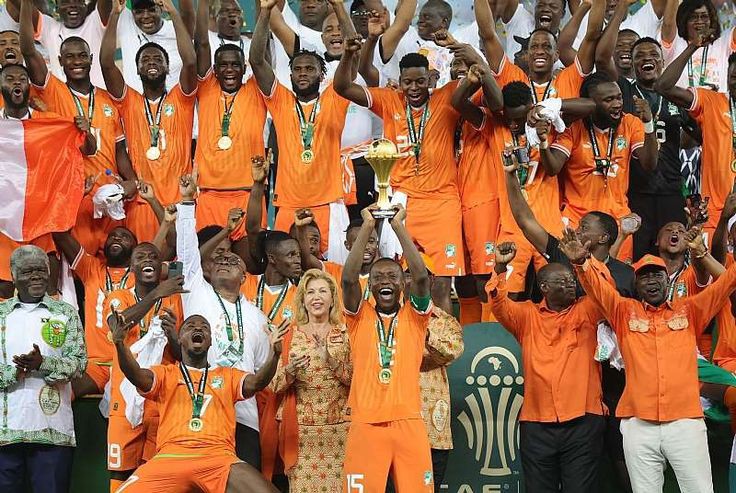
Furthermore, the Ivorian national team is known for their loud and vibrant home jersey color of orange. Since 2020, their home games have been played at Alassane Ouattara Stadium, Abidjan.
Didier Zokora holds the highest number of appearances for the Elephants while Didier Drogba is the all-time highest goalscorer.
Lutte Traditionnelle
Lutte traditonnelle is a popular combat sport in Ivory Coast. It is a unique and popular form of wrestling. It is a cultural activity in the country. Both men and women take part in the sport. Lutte traditionnelle is a wrestling of different weight categories.
Furthermore, traditional costumes and accessories are worn by the wrestlers. A winner is announced when the opponent falls on the ground or touches the ground with any part of his body except his feet.
The sport is accompanied by dance, music, and rituals that speak about the wrestlers and their local communities. It is also seen as a way of facilitating and promoting social cohesion and peace.
Lutte traditionnelle is practiced in many West African countries. It is known as “Borreh” in the Gambia, “Evala” in Togo, “Kokawa” in northern Nigeria, and “Laamb” in Senegal.
Cote d’Ivoire means Ivory Coast
Cote d’Ivoire took its name from the Ivory trade that took place in the 15th to 17th centuries. The French colonizers gave the name “Cote d’Ivoire” in the 19th century. In 1985, there was an official change of name from “Ivory Coast” to “Cote d’Ivoire”, and declared other countries use the French name as well.
The reason for the declaration was to put the country’s foot down as a sovereign state and to also avoid confusion with other countries that have similar names such as Cape Verde or Gold Coast. However, some countries and some organizations still use the name “Ivory Coast”.
As a result, both “Ivory Coast” and “Cote d’Ivoire” are used interchangeably even though Cote d’Ivoire is more recognized in International organizations. That is one of the fun facts about Cote d’Ivoire.
Orange. White. Green
The Cote d’Ivoire flag is a vertical tricolor of orange, white, and green. It was adopted on the 3rd of December, 1959, before the country gained independence from the French a year later. The Ivorian flag was adopted a year before its independence in the year 1959, as it reflects three things. It reflects the country’s history, geography, and identity.
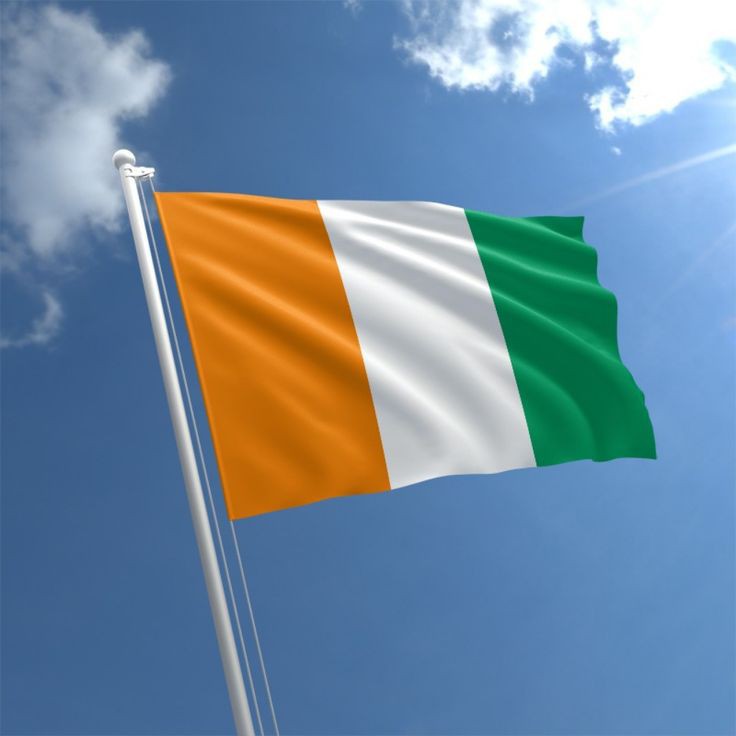
The orange color in the flag represents the savannas in the north and the national growth. It also tells the country’s fertility and development.
Furthermore, the white color signifies peace, unity, and purity. It is also the pledge of the country’s success and the national motto: “Unity, discipline, labor”. The Green color signifies the lush forest in the southern part of the country. It also tells the diversity of the natural resources.
A French colony
One of the popular facts about Cote d’Ivoire was it was a former French colony. It was first colonized by France as a protectorate before it became a formal French colony in 1893. As a result, it became a part of the French Federation of West Africa in the year 1904.
Just like every other French colony in Africa, the French language is the official language of the Ivorians. It gained independence on the 3rd of August, 1960.
Conclusion
Ivory Coast is a country rich in various culture and ethnic groups. The presence of Ivorians is felt wherever you find them. They are referred to as “the jewel of West Africa”.









